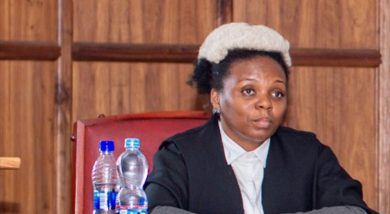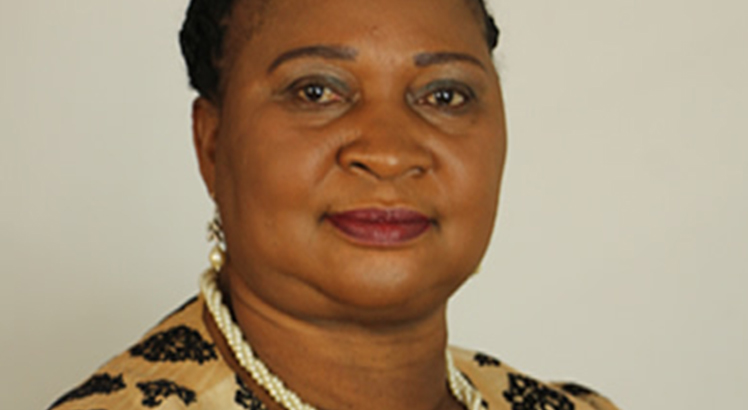Aid cuts hits Water sector
External funding flows to the water, sanitation and hygiene (Wash) sector are exhibiting a downward trend since 2013, with Malawi’s official development assistance (ODA) disbursements falling down by 50 percent in five years, United Nations figures have shown.
In its Wash 2020/21 Budget Brief, United Nations Children’s Fund (Unicef) figures show that after peaking to $89 million in 2013, the size of ODA disbursements to the Wash sector almost halved to reach $47 million in 2018.
Reads the analysis, in part: “This funding shift is largely linked to the withdrawal of funding by many bilateral donors. Overall, ODA flows to Malawi are declining, linked to the shrinking global ODA landscape.

“After reaching a decade peak of $818 million in 2017, ODA disbursements to Malawi reduced by 7.5 percent to reach approximately $756 million in 2018.”
Wash is a priority area for the Government of Malawi, as outlined in the Third Malawi Growth and Development Strategy (MGDS) III.
Ironically, the Wash sector budget more than tripled in 2020/21 to reach K90 billion, thanks to donor support.
In nominal per capita terms, the Wash budgetary allocation in 2020/21 translates to K5 145 per each of the 17.56 million people per year, which is more than thrice the 2019/20 level of K1 547.
In real terms, the per capita Wash budget is equivalent to K4 630.
At 1.35 percent of the gross domestic product (GDP), the Wash budget allocation in 2020/21 moved closer to the eThekwini Declaration spending target which requires governments to commit at least 1.5 percent of their GDPs to Wash.
As a share of the total budget, the Wash sector budget reached a five-year peak of 4.12 percent in 2020/21.
In the development budget (K88.9 billion), constitutes 98 percent of the total Wash budget.
This is 3.5 times more than the K25.6 billion allocated in the previous year.
This significant increase is linked to substantial on-budget donor
investments for existing and new projects, largely focused on urban water supply. Major development projects include the ongoing Lilongwe Water and Sanitation Project, which was allocated K33.6 billion, as compared to the K11.4 billion of 2019/20.
Meanwhile, a recent analysis done by the Unicef/Wash Cluster in collaboration with Water Service Association of Malawi [Wasama]
indicated that more than 1 400 communal water points serving the poorest in urban and peri-urban areas were disconnected across all the five water boards generating about $500 000 (about K410 million) of outstanding water bills between April and August 2020.
“This is likely to undermine adequate preventive hygiene, especially for urban residents. With 10 years to 2030, significant work is needed if the country is to meet the SDGs targets, particularly against the challenges posed by Covid-19,” reads the report in part.
Meanwhile, Wasama says consumers should brace for another water tariff hike within the financial year despite getting a 52 percent average water tariff hike, as the country’s five water boards move to meet operational costs.
Wasama president Robert Hanjahanja said recently that the water boards have been given a step tariff adjustment and there will be other steps between now and the end of the financial year.
The financial performance of the country’s water boards has been deteriorating for the past years due to various factors.
Cama executive director John Kapito observed that increasing the tariffs would help water boards serve consumers better, as they have been failing in their duties to the operational challenges.
He, however, says that the tariff hike is in contrast to Tonse Government’s campaign promise of providing free water and electricity connections.
“Free water connection amid rising tariffs is almost impossible and is political rather than economical.
“Having an independent body to regulate the sector’s tariffs would help both the water boards and consumers,” he said.
The National Water Resources Authority, established in 2018, has the responsibility to develop, manage, administer and protect water resources for the sustainable, effective and efficient provision of water for all its uses and utilisation.
However, the current mandate of the authority does not include regulation of tariffs and pricing for water.





